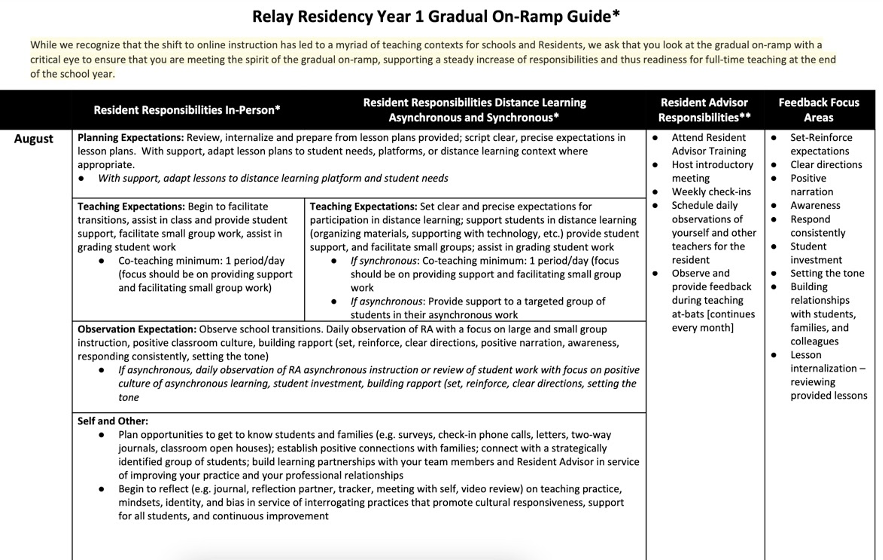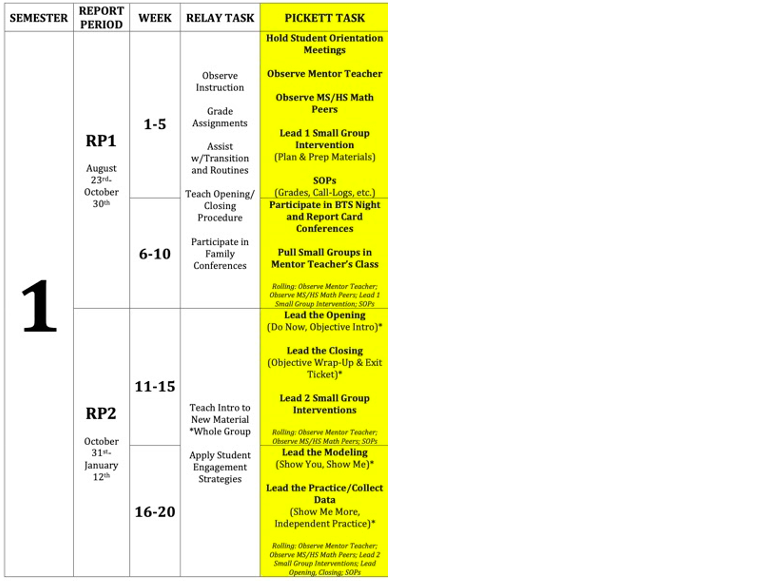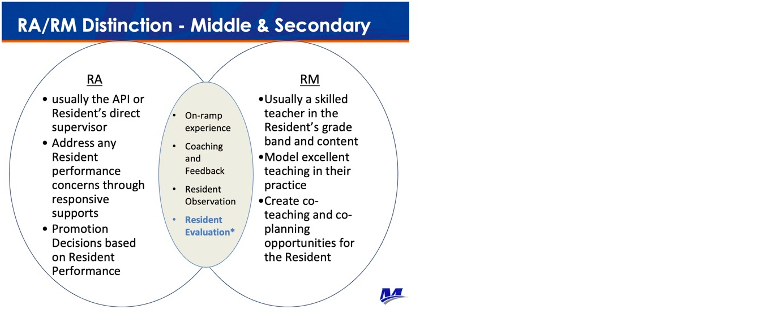I have such vivid memories of my first day of my first year of teaching. Kids filling into their desks—so many different personalities, moving pieces, things to keep track of. That first class seemed to both fly by and stretch on for eternity. At the end, I was wiped. I had no idea how I’d do this four more times that day and then 180 more times this year. At that point, like many first-year teachers, I focused purely on survival. Forget being effective.
We can’t speed up time and magically propel every teacher through that painful first year. But what if we could somehow make that first year less about survival and actually set teachers up to be effective? What if we could give them a “year zero” to build the skills to do it all in their first year?
That’s exactly what Mastery Public Schools in Philadelphia and Camden has done. So last December, when the Fordham Institute released a new study on teacher effectiveness and improvement in charter and traditional public schools in our state and found that new teachers in charter networks such as Mastery’s improve more rapidly and are more effective in both math and English language arts than their peers in traditional public schools or stand-alone charters, we weren’t surprised.
The team at Mastery has evolved their teacher residency program over the last several years and shared a few key program elements and tools that could help other schools coach resident teachers (teachers in “year zero”) to be effective first-year teachers.
Intentional scope and sequence of skills and experiences
There is so much to do and learn as a teacher—likely more than a resident could learn in one year. Through their years of experience and in partnership with Relay GSE, Mastery outlined a set of experiences combining reflection, observation, and targeted teaching “at bats” to provide clarity about how residents spend their time and to ensure they’re getting exposure to the full range of a teacher’s responsibilities.

Clarity that observation time is just as critical as working directly with students
There are countless ways to utilize an “extra set of hands” in the classroom. Mastery’s program thoughtfully balances urgent tasks with the experiences that lead to long-term teacher success. The team at Mastery has thought about every element of great teaching—family communication, individual reflection, grading and creating responses to data plans, getting to know students, reflecting—and created opportunities for resident teachers to participate meaningfully in each element. Importantly, residents’ work in the classroom is paired with sacred opportunities for observations. With this clearly outlined, the resident never feels torn about continuing to “help out” in the classroom and stepping out to observe. This balance allows the resident to have “at bats” at being a teacher while still developing an overall vision of what great teaching looks and sounds like.
The clarity of this role (and how it evolves over the year) is key—with the resident, mentor teachers, and leaders all on the same page about the priorities for this period of time. A sample week-by-week breakdown is shown below.

Clarifying the “cooks in the kitchen”
Mastery’s resident teachers are supported by both an “advisor” and a “mentor.” With two distinct bodies of work, the advisors are responsible for supervising and management and the mentor is responsible for modeling excellent teaching. This distinction allows for a low mentor-to-resident ratio, while not overburdening mentors with managerial duties. As shown below, the two groups collaborate on coaching, feedback, and evaluation.

Mastery leverages these tools and structures (which can all be found here) to maximize resident teachers’ “year zero” and tee up teachers to be even more effective during their first year working full time with students. The effectiveness of Mastery’s first-year teachers is the result of intentionality and careful design in order to change “survive” to “thrive.”


